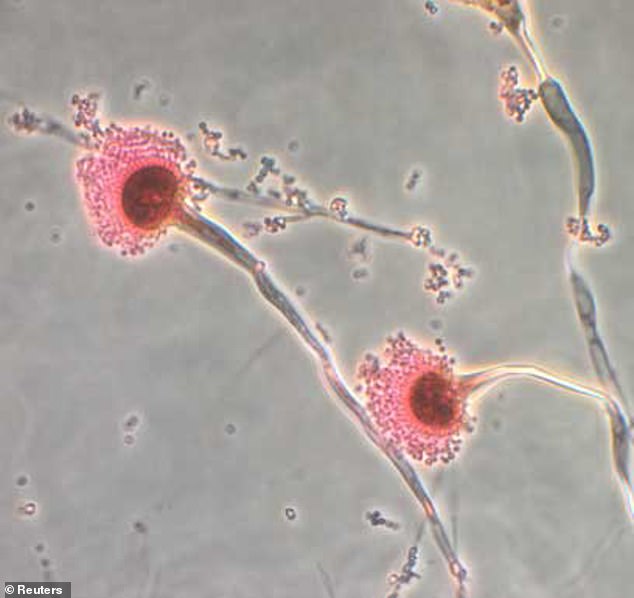
Scientists Repurpose Ancient Lethal Fungus into Breakthrough Cancer Treatment
Ancient ‘Pharaoh’s Curse’ Fungus Offers New Hope in Leukemia Treatment
(Include image: Aspergillus flavus under microscopy with caption: "Aspergillus flavus, a toxic fungus linked to ancient tombs, shows promise in fighting leukemia.")
A deadly fungus once feared as the “Pharaoh’s Curse” could revolutionize blood cancer treatment. Researchers discovered that Aspergillus flavus, a toxic mold found in ancient Egyptian and Polish tombs, produces molecules with potent anti-leukemia properties. Known for causing fatal respiratory infections in archaeologists, this fungus kills up to 50% of infected individuals. Yet, scientists now believe its compounds—asperigimycins—could join the ranks of groundbreaking fungal-derived medicines like penicillin.
From Tomb Toxin to Cancer Fighter
(Include image: Researchers examining ancient tomb artifacts with caption: "Aspergillus flavus spores were linked to deaths of archaeologists in King Tut’s tomb.")
Aspergillus flavus thrives on crops like nuts and grains, producing carcinogenic aflatoxins. Historically, it gained notoriety after outbreaks among researchers opening royal tombs, including King Tutankhamun’s in the 1920s and Poland’s Casimir IV in the 1970s. Those infected often suffer liver or lung damage, but its newly discovered compounds tell a different story.
In a study published in Nature Chemical Biology, researchers from the University of Pennsylvania and Texas identified asperigimycins—unique molecules with interlocking ring structures. When tested on human leukemia cells, two variants showed strong cancer-killing abilities. Modified with a lipid (a fatty molecule), they matched the effectiveness of FDA-approved leukemia drugs cytarabine and daunorubicin, which have remission rates of 50–80%.
How It Works
The asperigimycins appear to disrupt cancer cell division by targeting lysosomes, cellular structures that break down waste. A gene called SLC46A3 acts as a “gateway,” helping these molecules penetrate cells. This mechanism could unlock treatments for other diseases using similar cyclic peptides, which are already explored for conditions like lupus.
Dr. Sherry Gao, senior study author, likened the discovery to penicillin’s historic impact: “Fungi gave us penicillin. These results show that many more medicines remain to be found.”
Challenges and Next Steps
While promising, asperigimycins didn’t affect breast, liver, or lung cancers, suggesting specificity to blood cancers. Researchers plan animal trials next, aiming for future human clinical studies. Lead author Qiuyue Nie calls this an “unexplored region with tremendous potential,” emphasizing the need to harness nature’s “incredible pharmacy.”
With leukemia affecting 60,000 Americans annually and claiming 23,000 lives, this discovery offers hope. As climate change risks spreading fungi like Aspergillus flavus, understanding their dual roles as threat and healer becomes even more urgent.
(Final image: Lab researchers analyzing samples with caption: “Scientists aim to transform the ‘Pharaoh’s Curse’ into a life-saving therapy.”)
Conclusion
Nature often holds unexpected cures. Once a symbol of ancient doom, Aspergillus flavus now embodies the frontier of medical innovation. As Dr. Gao states, “It’s up to us to uncover its secrets—and design better solutions.”


